For our first Phy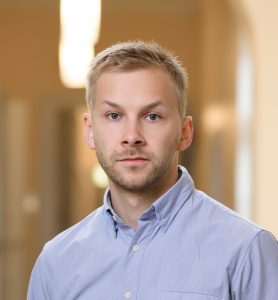 sics Colloquium of the new academic year, we will have a presentation to be given by Joonas Nättilä. In his colloquium, entitled Astrophysical turbulence: from stirring coffee to illuminating black holes, Joonas will give an overview on how supercomputer simulations can help shed new light on astrophysical turbulence.
sics Colloquium of the new academic year, we will have a presentation to be given by Joonas Nättilä. In his colloquium, entitled Astrophysical turbulence: from stirring coffee to illuminating black holes, Joonas will give an overview on how supercomputer simulations can help shed new light on astrophysical turbulence.
Joonas Nättilä is a postdoctoral research scientist at Columbia University and a Flatiron Research Fellow at the Flatiron Institute’s Center for Computational Astrophysics in New York, USA. His research interests lie in high-energy astrophysics and plasma physics, focusing particularly on modelling the physics of neutron stars.
The event will be held on Friday 30.10.20 at 14:15, on the following University Zoom meeting:
https://helsinki.zoom.us/j/67262686030?pwd=MjJKMmRuTjZSeE1qS1p3Q0VQWFFDZz09
Here is his abstract:
Turbulence – the seemingly chaotic flow of fluids and plasmas – is said to be one of the most important unsolved problems of contemporary physics and mathematics. It is a ubiquitous physical phenomenon operating in all kinds of environments, from mixing liquids in coffee cups to energizing astrophysical plasmas around black holes and neutron stars. In my talk, I will review some of the latest insights we have gained in understanding astrophysical turbulence from first principles by utilizing new state-of-the-art particle-in-cell supercomputer simulations.
In the spirit of our usual cocktail reception, we encourage all attendees to join us with a glass of your favourite tipple. Cheers!
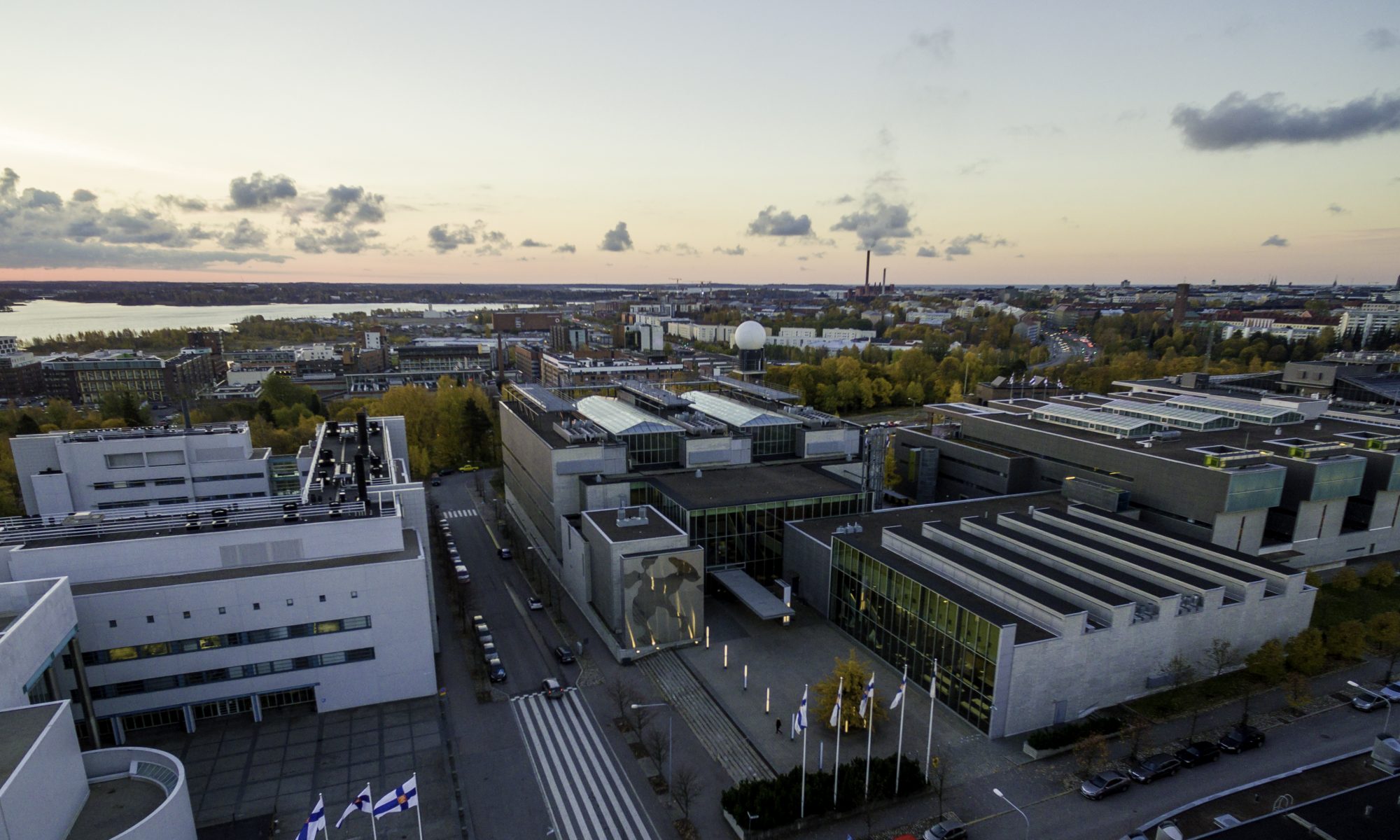
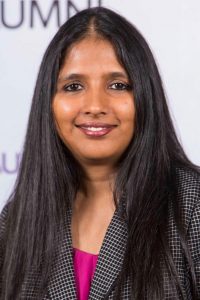

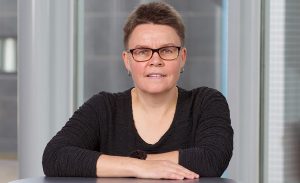
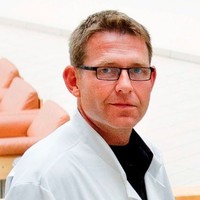
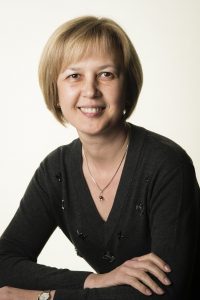 eason will be the inaugural lecture of a new full professor in our department, Flyura Djurabekova.
eason will be the inaugural lecture of a new full professor in our department, Flyura Djurabekova.